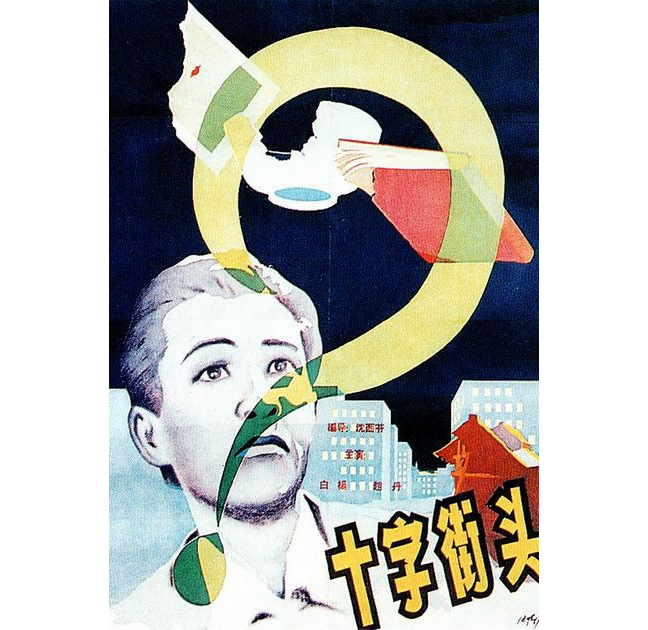Home / History / Learn Chinese / Many Faces: Understanding the Complexities of Chinese Culture / Cinema in Shanghai
This article is from the free online
Many Faces: Understanding the Complexities of Chinese Culture


Reach your personal and professional goals
Unlock access to hundreds of expert online courses and degrees from top universities and educators to gain accredited qualifications and professional CV-building certificates.
Join over 18 million learners to launch, switch or build upon your career, all at your own pace, across a wide range of topic areas.

 A poster for ‘Crossroads’ a 1937 comedy/drama by the Mingxing Film Company
A poster for ‘Crossroads’ a 1937 comedy/drama by the Mingxing Film Company






